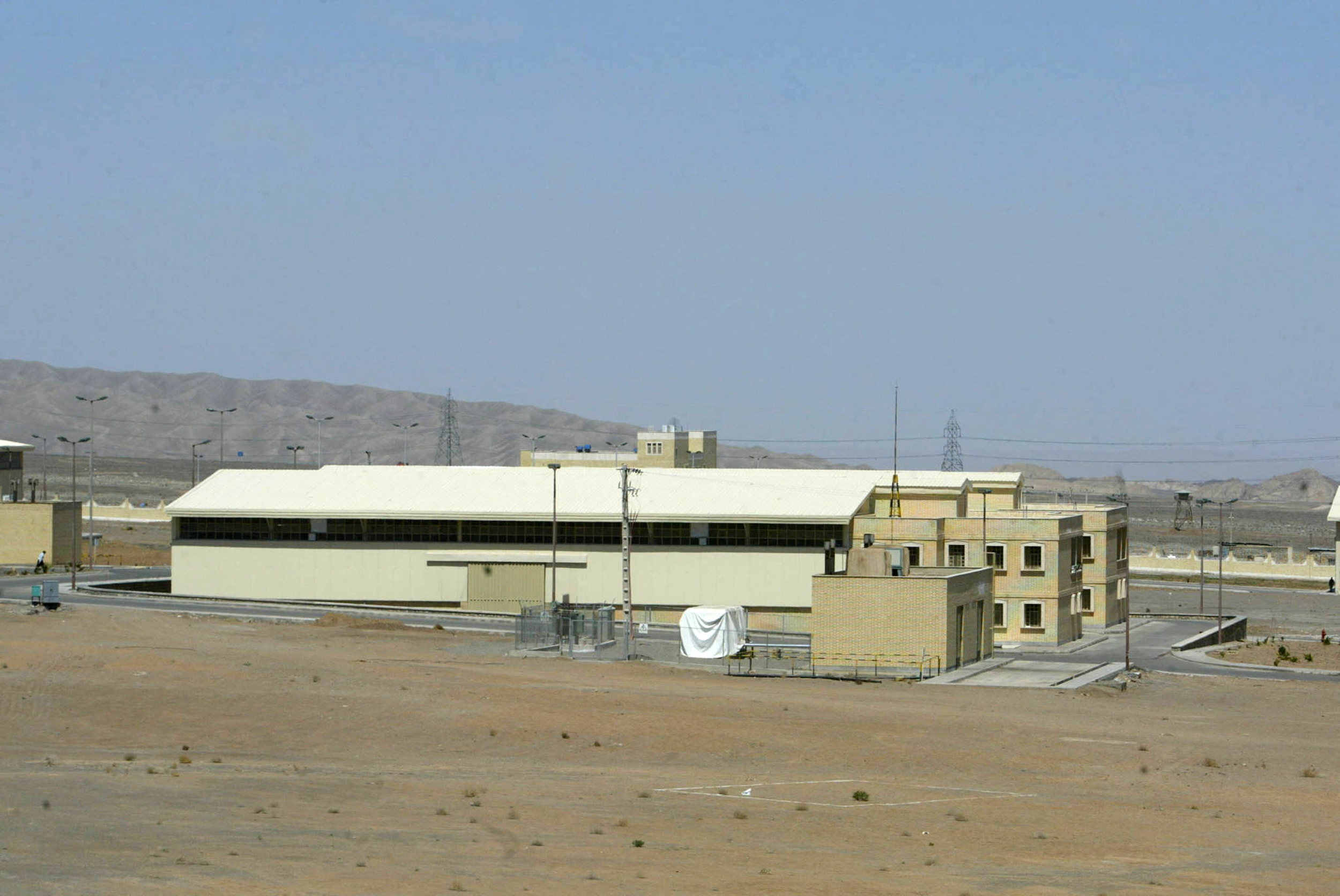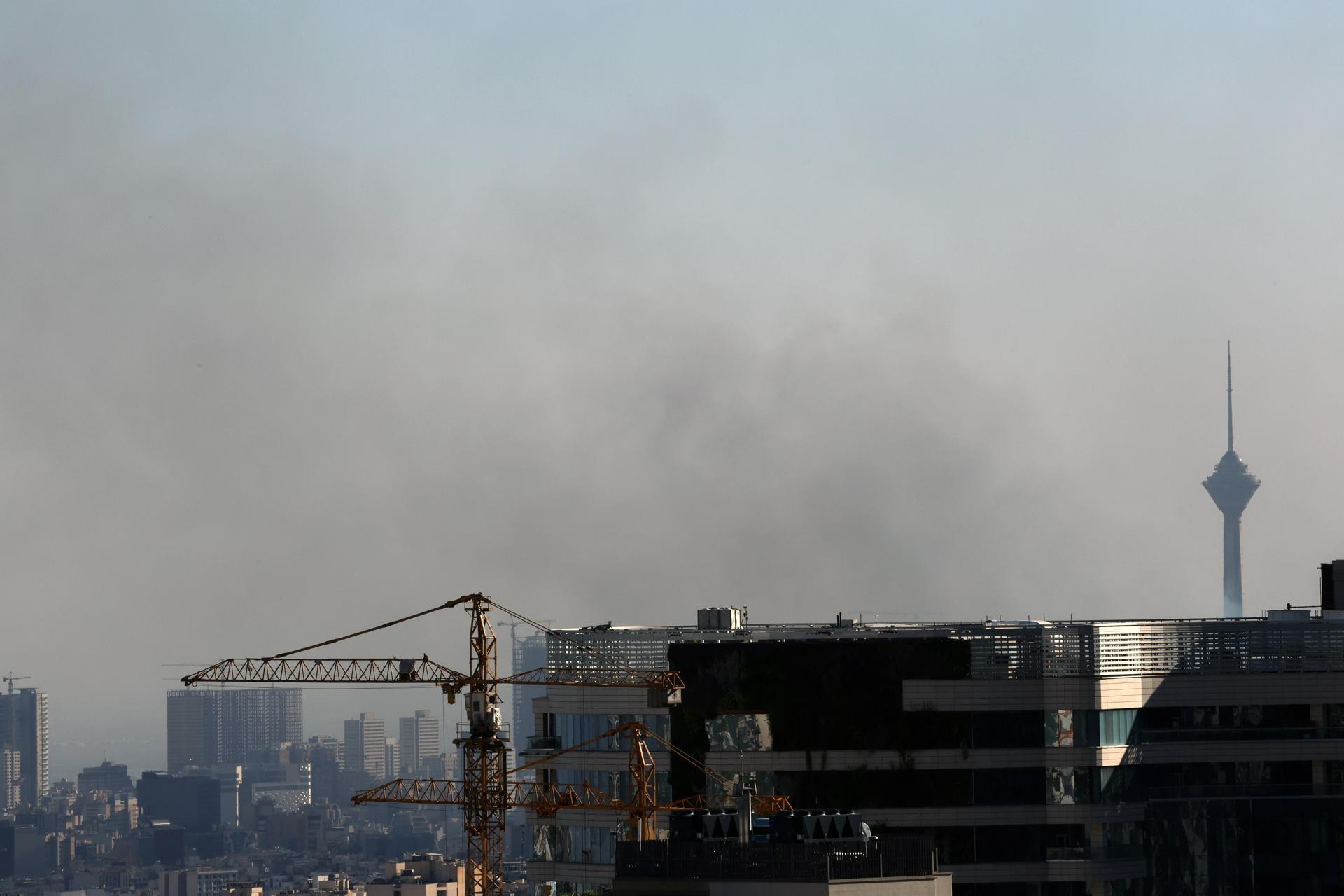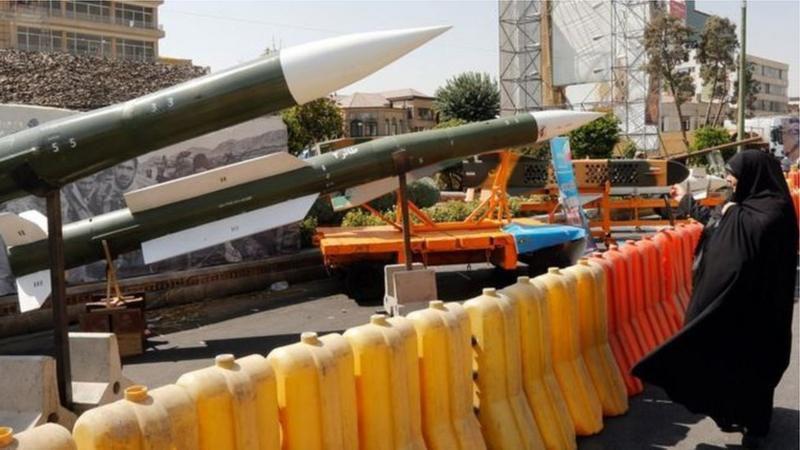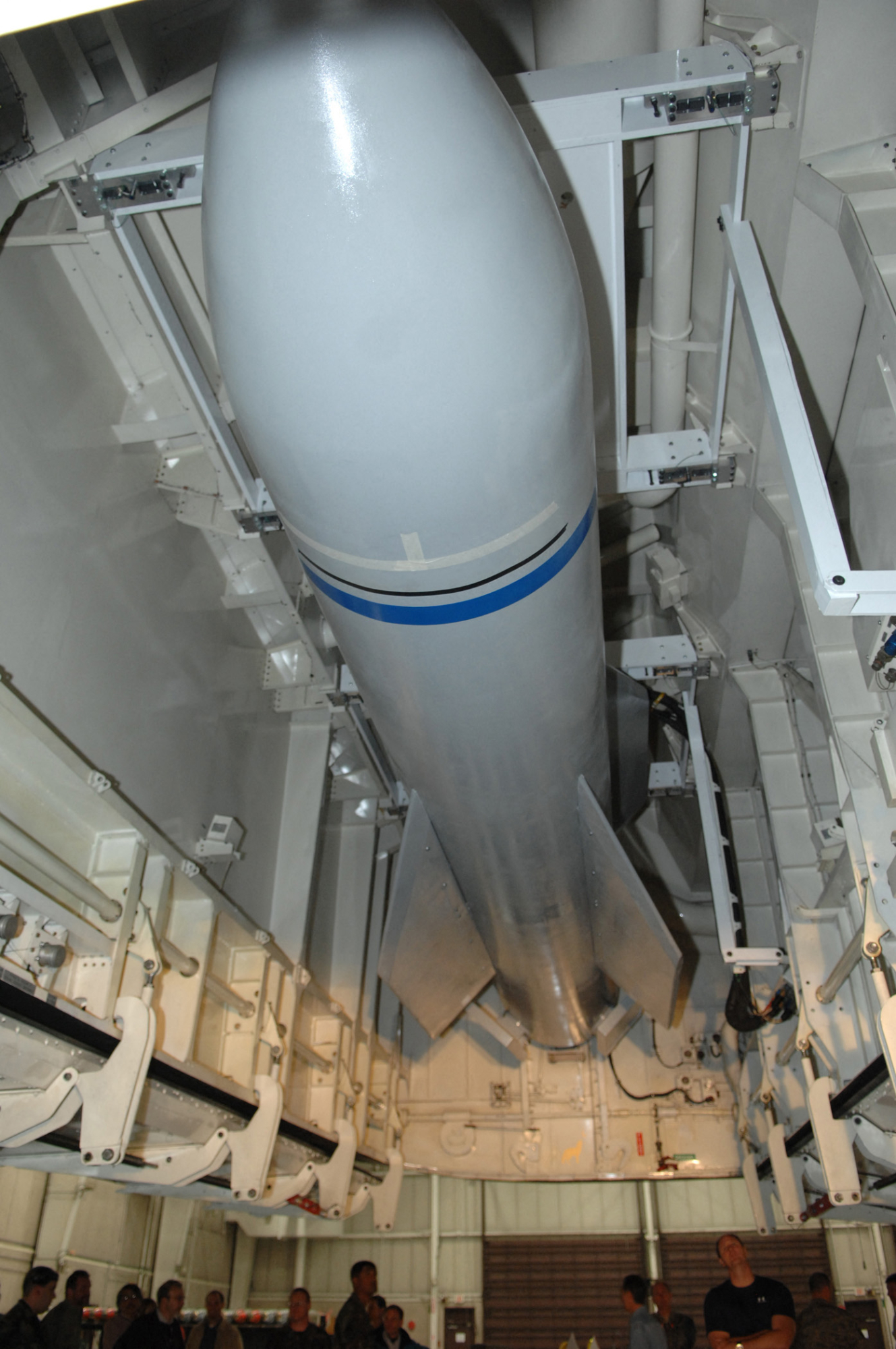Can Israel destroy Iran's nuclear infrastructure and end its program? Here's the damage so far.

Israel has been attacking Iran since Friday, June 13, with the aim of completely destroying its nuclear program , which it considers to be military in nature and intended to obtain a nuclear weapon, while Tehran maintains that it is peaceful and for civilian use.

Natanz nuclear facility in southern Tehran, Iran. Photo: AFP
So far, Israeli aircraft have bombed the Natanz, Isfahan, and Fordo nuclear plants. They have also targeted weapons production centers, nuclear centrifuge development plants, and other research facilities.
Iranian scientists and researchers have also been killed in these attacks.
How much damage has been caused to the infrastructure of Iran's nuclear program? According to the Israeli daily Haaretz , a source with knowledge of the matter said that Israel has intelligence indicating that Natanz suffered considerable damage, although further inspections and assessments are needed to determine the full extent of the damage and whether the facility has completely collapsed.
But the director of the International Atomic Energy Agency (IAEA) , Rafael Grossi, said Monday that the above-ground structure and its power plant were destroyed, while the underground facility remains intact.
Although a day later, on Tuesday, the same agency indicated that it had "identified new elements that show direct impacts in underground rooms" of the facility.

Iranian command post eliminated by Israel. Photo: Israel Defense Forces Spokesperson
The Natanz nuclear power plant, located in central Iran, is one of the key facilities of Iran's nuclear program. It is primarily designed to enrich uranium using centrifuges. Although part of the complex is above ground, a significant section of its facilities is located underground, reinforced to make it difficult to destroy in the event of an airstrike.
The Natanz underground infrastructure was built with layers of reinforced concrete and steel, and is located at an estimated depth of between 8 and 23 meters, further protected by a thick layer of earth.
Grossi said Monday that Natanz's electrical infrastructure, including an electrical substation, a main power supply building, and emergency power supplies and backup generators, was destroyed by Israeli airstrikes. He added that the loss of power could have damaged the centrifuges underground.
As for the Fordo uranium enrichment plant, Israel attacked it on Friday, but the IAEA reported on Monday that it was not affected.
While the Israel Defense Forces (IDF) has not reported any significant damage, Iran's state-run Press TV reported that Iranian air defenses shot down an Israeli drone near the plant on Friday.

Smoke rises near the Milad Tower after an Israeli airstrike in Tehran, Photo: EFE
Fordo, located south of Tehran near the city of Qom, is built into a mountain, making it one of Iran's most heavily protected nuclear facilities.
Unlike Natanz, Fordo was designed from the outset for defensive purposes: it is buried under at least 80 meters of rock and concrete, making it extremely difficult to destroy even with high-yield bunker-buster bombs.
The Isfahan nuclear facility was also attacked by Israel, resulting in damage to four of its buildings: the central chemical laboratory, a uranium conversion plant, the fuel manufacturing plant for the Tehran reactor, and a facility under construction for processing UF4 into enriched uranium metal, the IAEA said Monday.
On Saturday, Behrouz Kamalvandi, a spokesman for the Atomic Energy Organization of Iran, said the damage in Isfahan was limited . A shed at the facility had caught fire, he said.
Isfahan, officially known as the Uranium Conversion Plant, is located on the outskirts of the city of Isfahan in central Iran. It is a key component of Iran's nuclear program, as it transforms uranium ore into uranium hexafluoride (UF6) gas, a necessary step for the material's enrichment in centrifuges. Unlike other facilities, it is built primarily above ground, making it a more vulnerable target to bombing.

Iran's missile capability is a key part of its military power. Photo: Getty Images
On Thursday, the IAEA confirmed damage to the Arak heavy-water reactor in western Iran. The agency explained that since the reactor was not operating and did not contain nuclear material, "no radiological consequences were anticipated."
The United States bomb But will Israel be able to destroy Iran's nuclear infrastructure and put an end to its program? International analyst Roberto Heimovits told El Comercio that Iran's nuclear program is quite large and includes many facilities, several of them underground, unlike, for example, Iraq's nuclear program, which Israel destroyed in 1981, wiping out a single reactor.
“Even so, the Israeli Air Force is bombing and destroying several of these facilities from the air. This could set back Iran's nuclear program for months . But to completely end it, it would also have to destroy two critical facilities, many meters underground: Natanz and Fordo. That's more difficult. Now, it can't be ruled out that Israel has the means to do so ,” Heimovits said.
For Israel to complete the destruction of its nuclear infrastructure , it would need the United States to provide it with the weapons it could use . On this point, Heimovits noted that President Donald Trump has shown reluctance to directly participate in Israeli attacks on Iran.

B-2 bomber, the only aircraft capable of delivering the GBU-57 bunker-busting bomb. Photo: AFP
"The United States could give Israel these special bombs that can penetrate many meters underground, but I don't know if Israel has planes big enough to transport them, as they weigh many tons," Heimovist said.
Indeed, the United States possesses the advanced GBU-57 bunker-busting bomb (MOP), which would be capable of destroying the underground facilities at Natanz and Fordo . Israel also has lighter bunker-busting bombs, such as the GBU-28, in its arsenal.
Thus, without American support, Israel's ultimate goal becomes very difficult to achieve.
The GBU-57 MOP bombs, considered the most powerful in the US bunker-busting arsenal, are dropped exclusively from B-2 Spirit strategic bombers, stealth aircraft designed to penetrate heavily protected air defenses. These bombs weigh approximately 13,600 kilograms and are capable of penetrating more than 60 meters of reinforced concrete or 200 meters of soil before detonating. They cannot be carried by fighters like the F-15 or F-35 due to their enormous size and weight.
"I don't know if the United States would get involved unless the Iranian leadership attacks US facilities in the Middle East," Heimovits noted.

Image of the GBU-57 bunker-buster bomb. Photo: AFP. United States Air Force.
The analyst also noted that while Israel could destroy the infrastructure of Iran's nuclear program, it remains the knowledge it has acquired over several years , through dozens or hundreds of technicians, engineers, and scientists.
“In the long run, halting Iran's nuclear program would require negotiations and reaching an agreement like the one in 2015, which would lead to peaceful ends in exchange for the lifting of economic sanctions. But it's uncertain that the Iranian regime would accept such an agreement, because it might think it would make it look weak, and a dictatorial regime like that of the ayatollahs doesn't like to show signs of weakness,” Heimovits pointed out.
eltiempo





